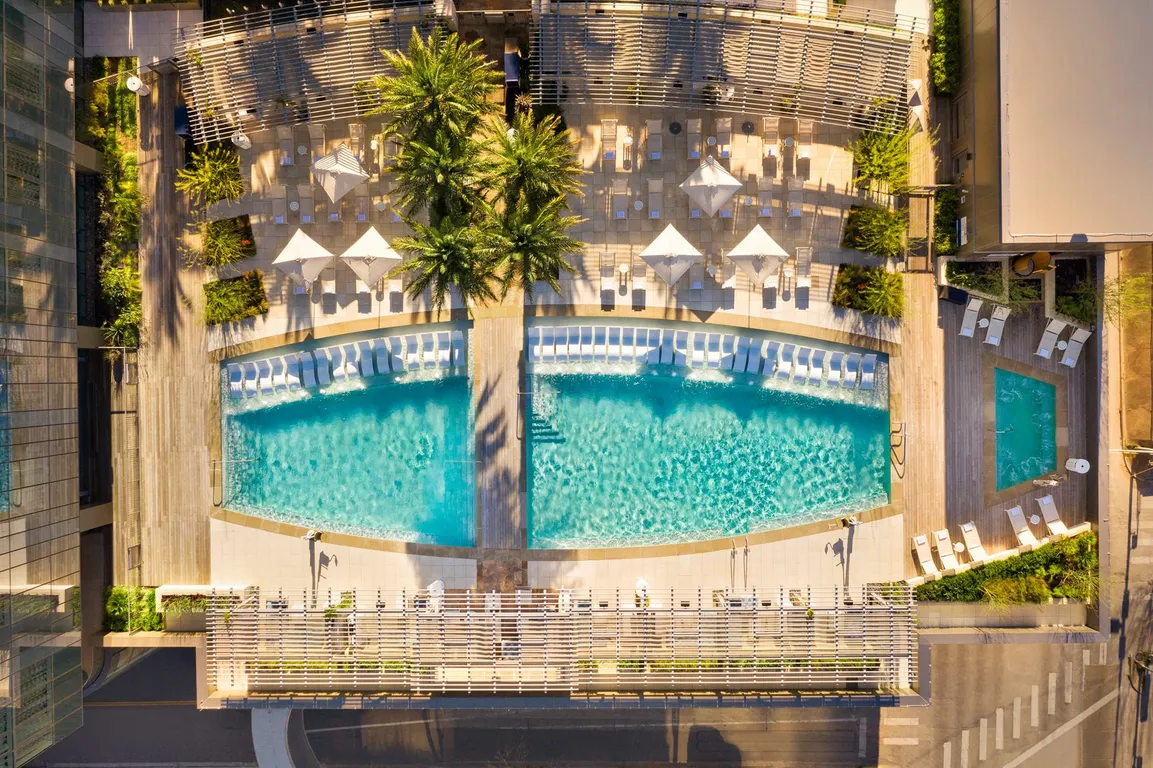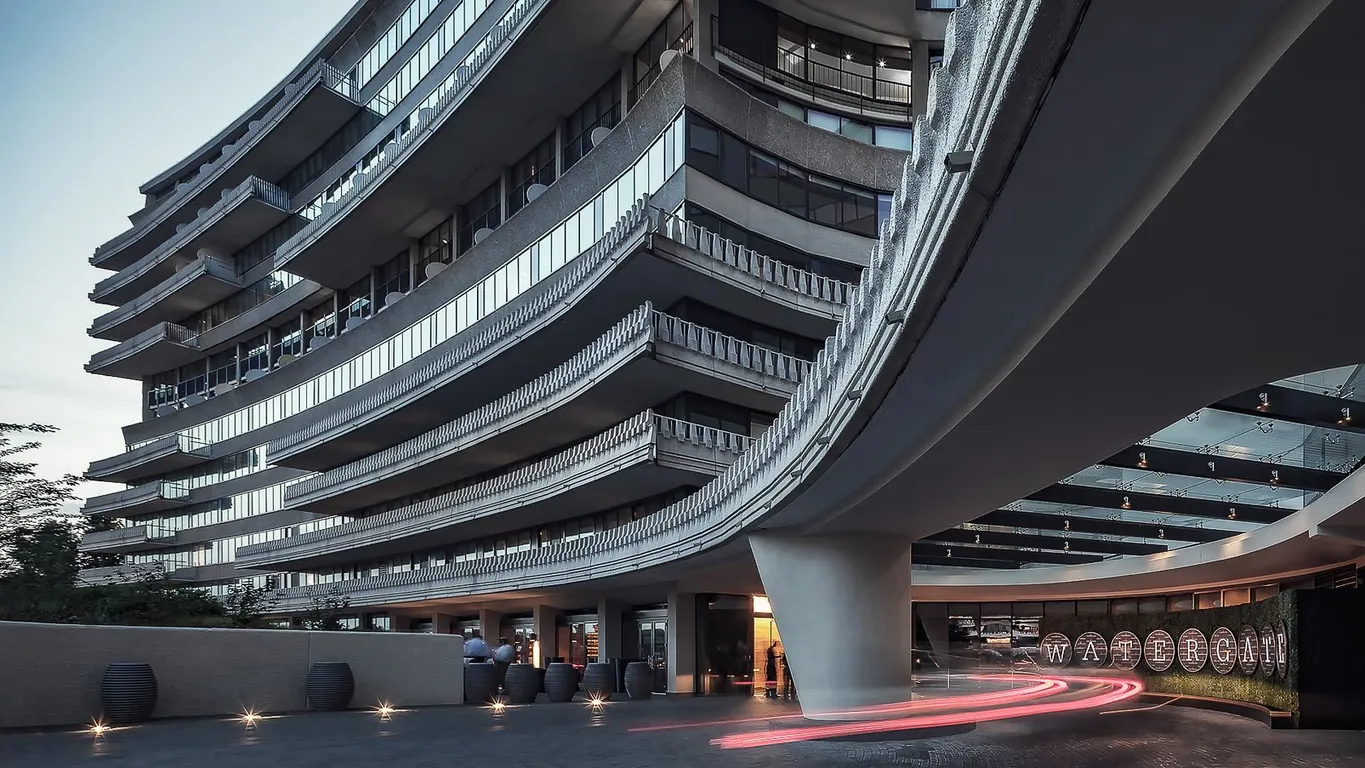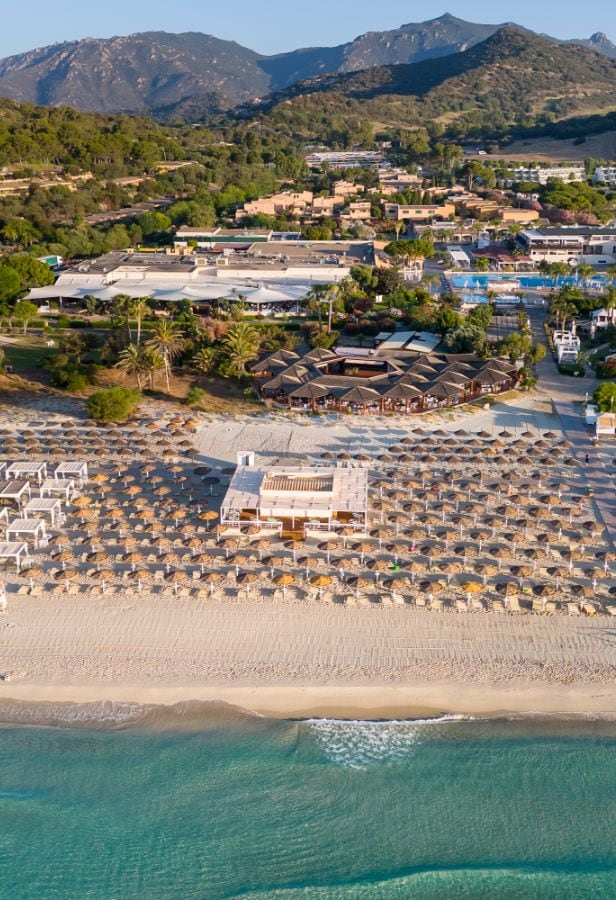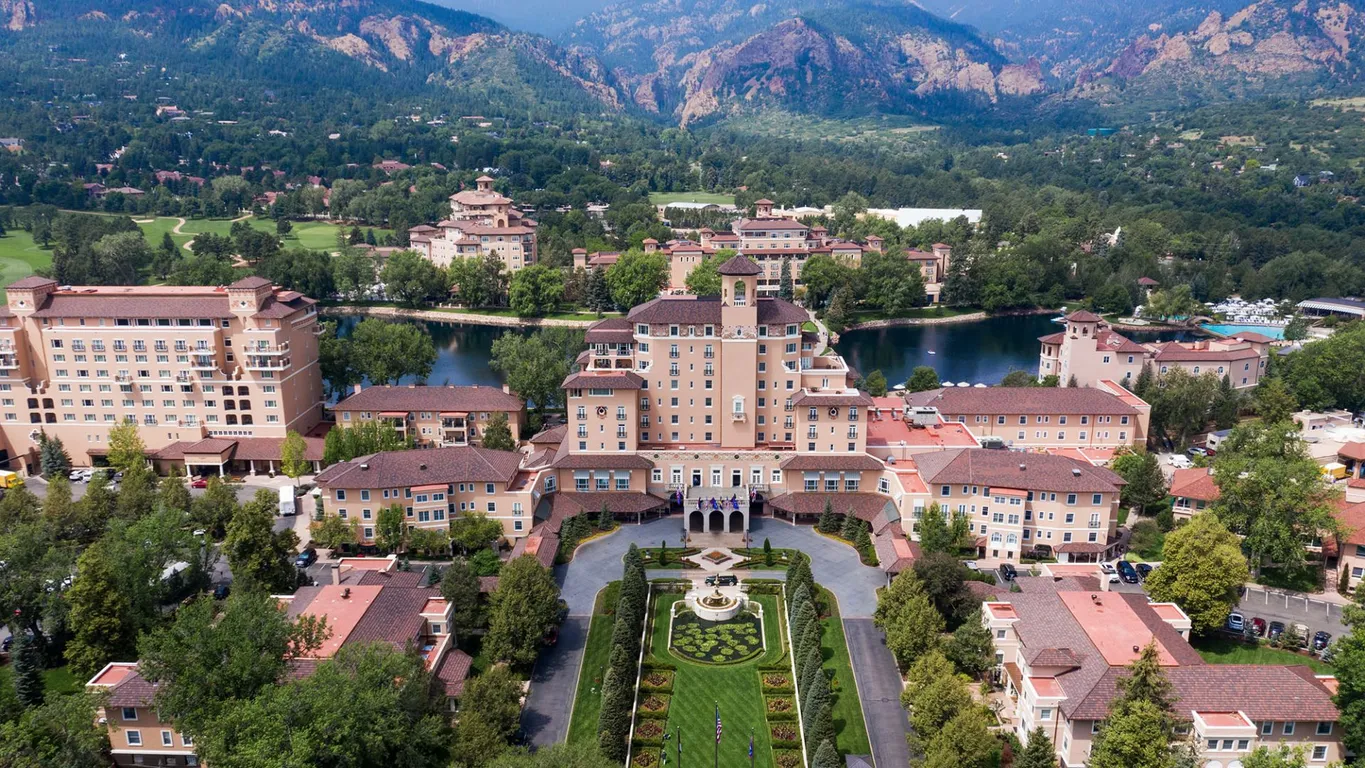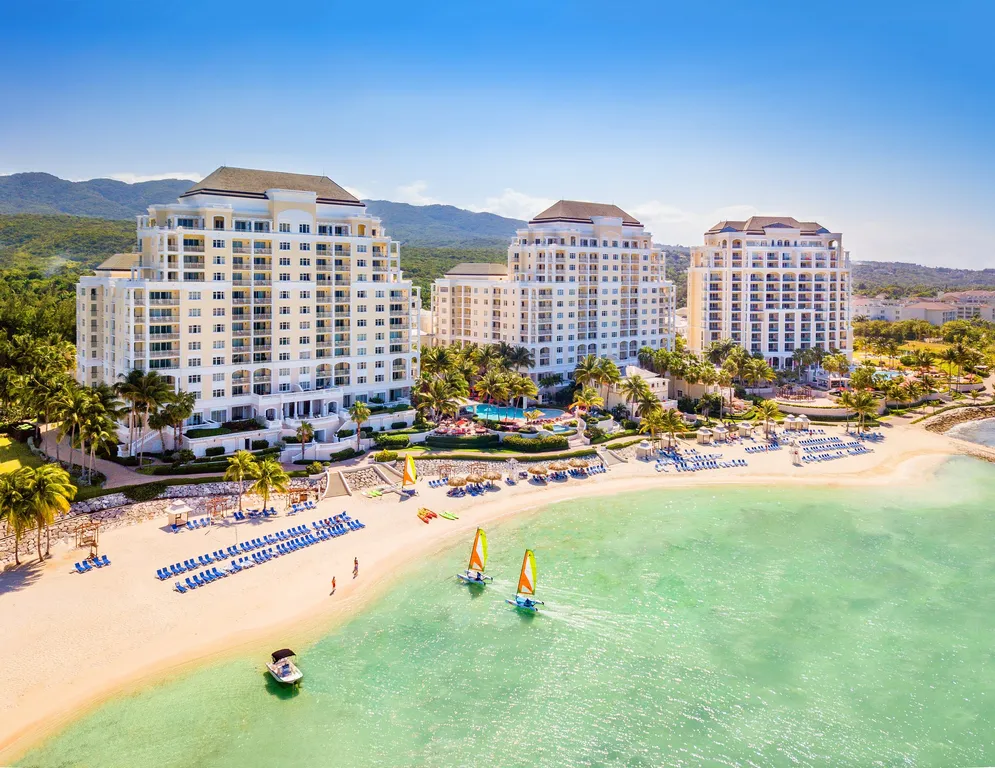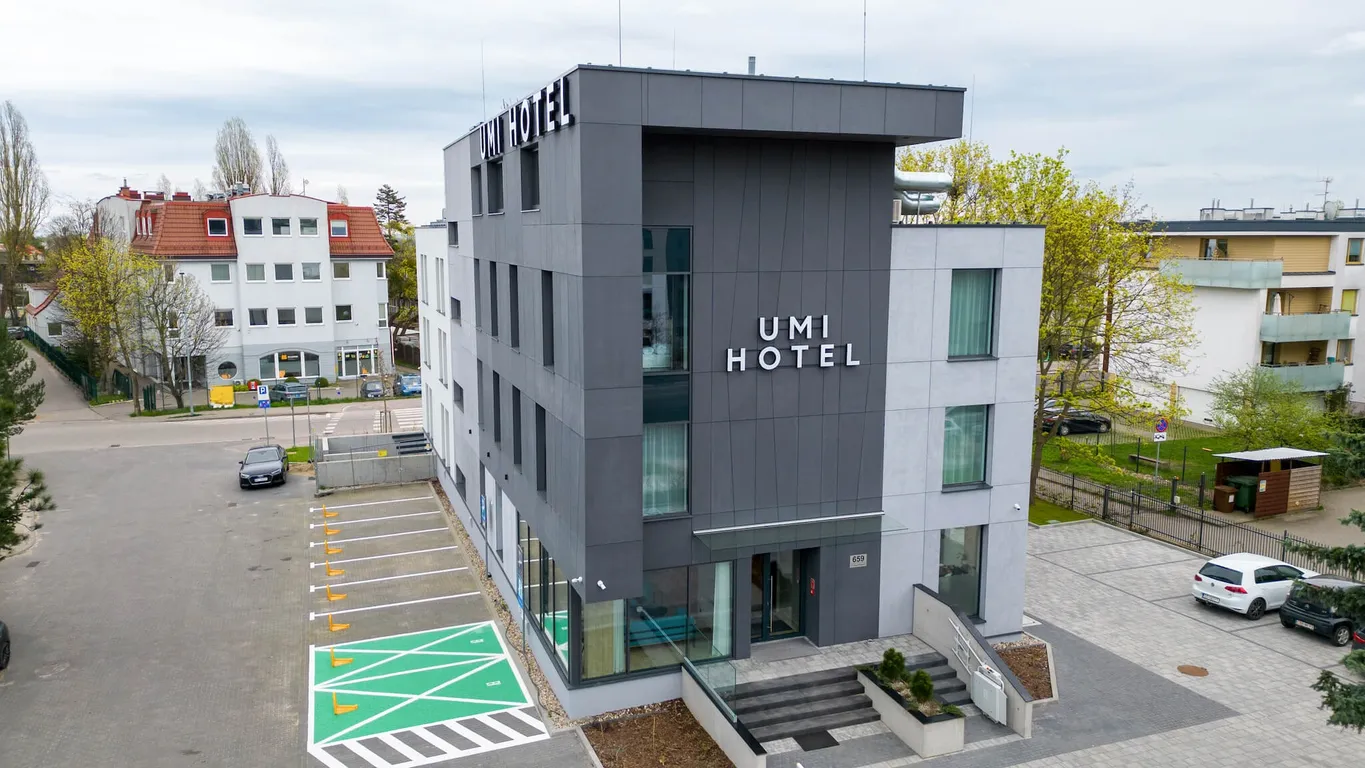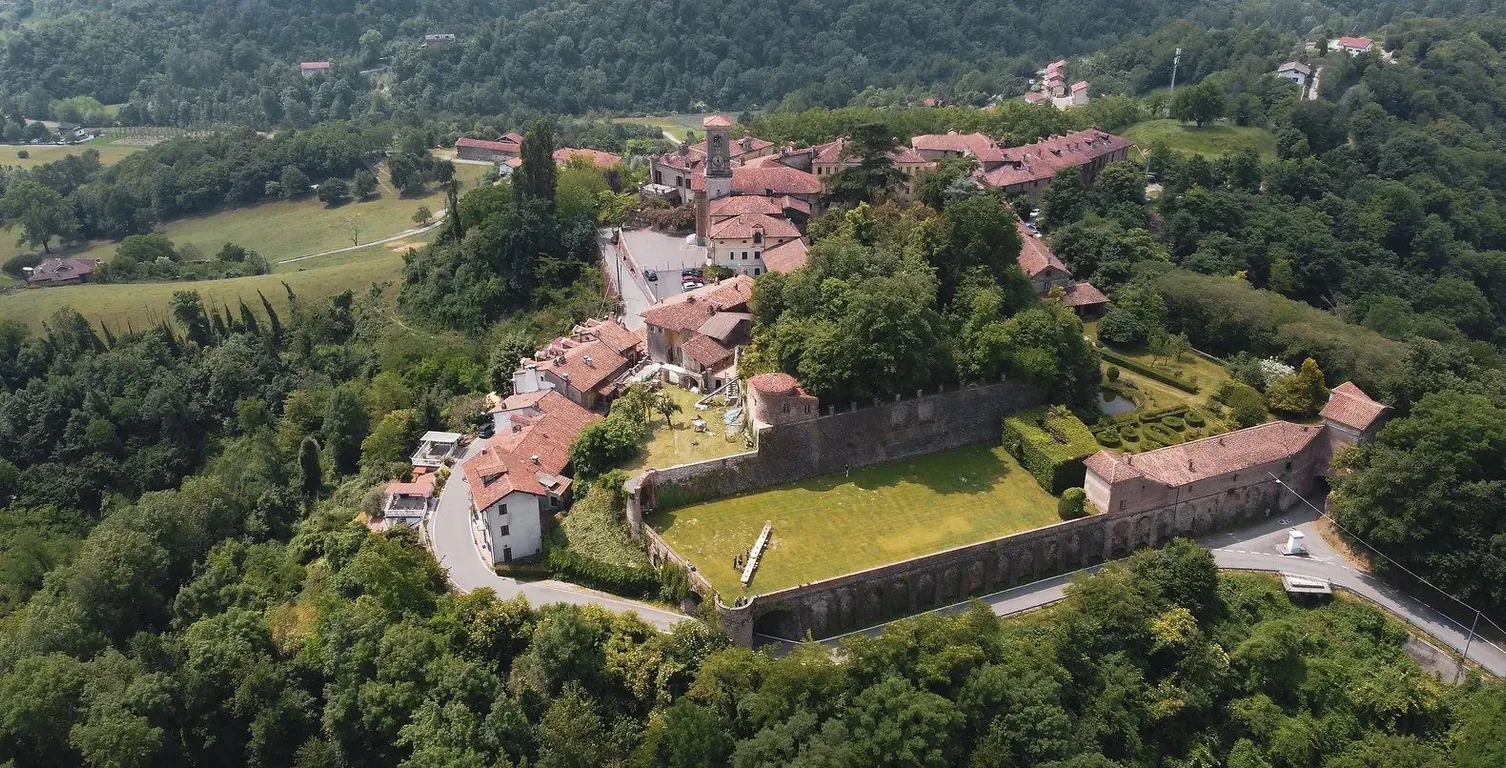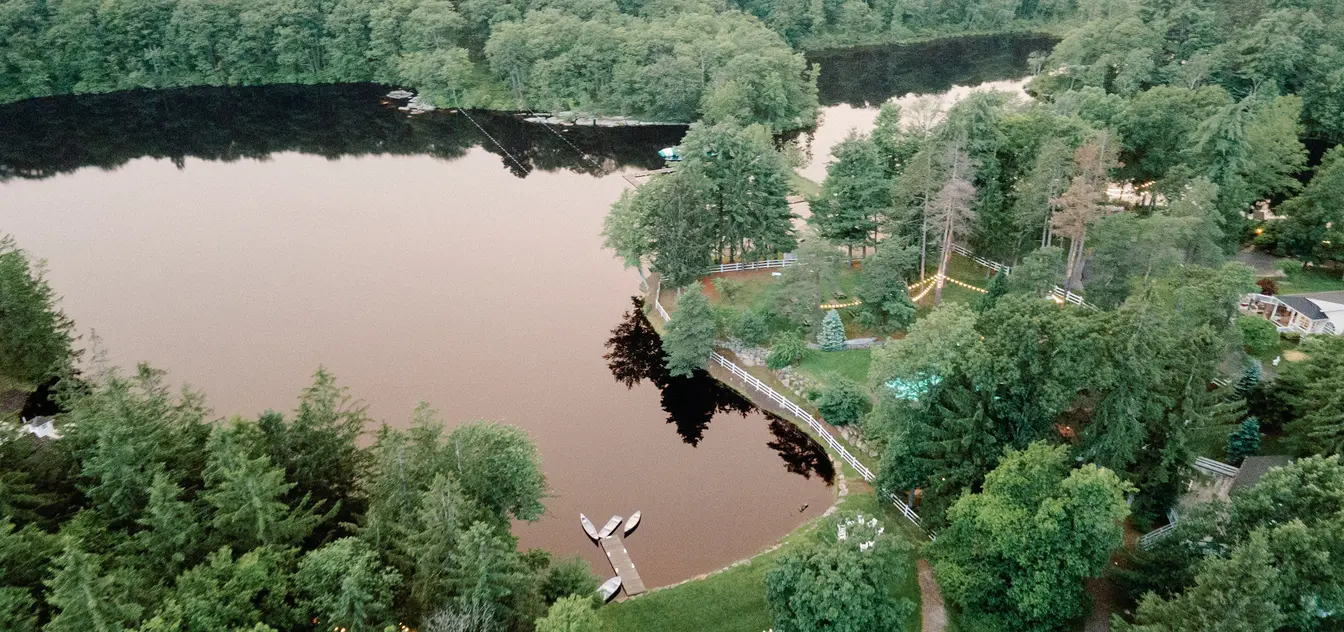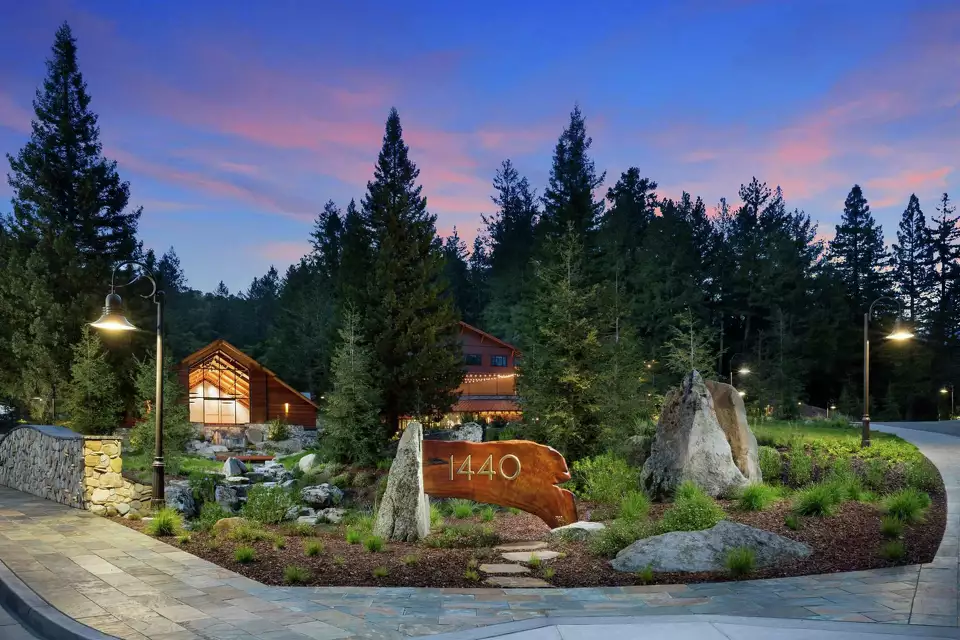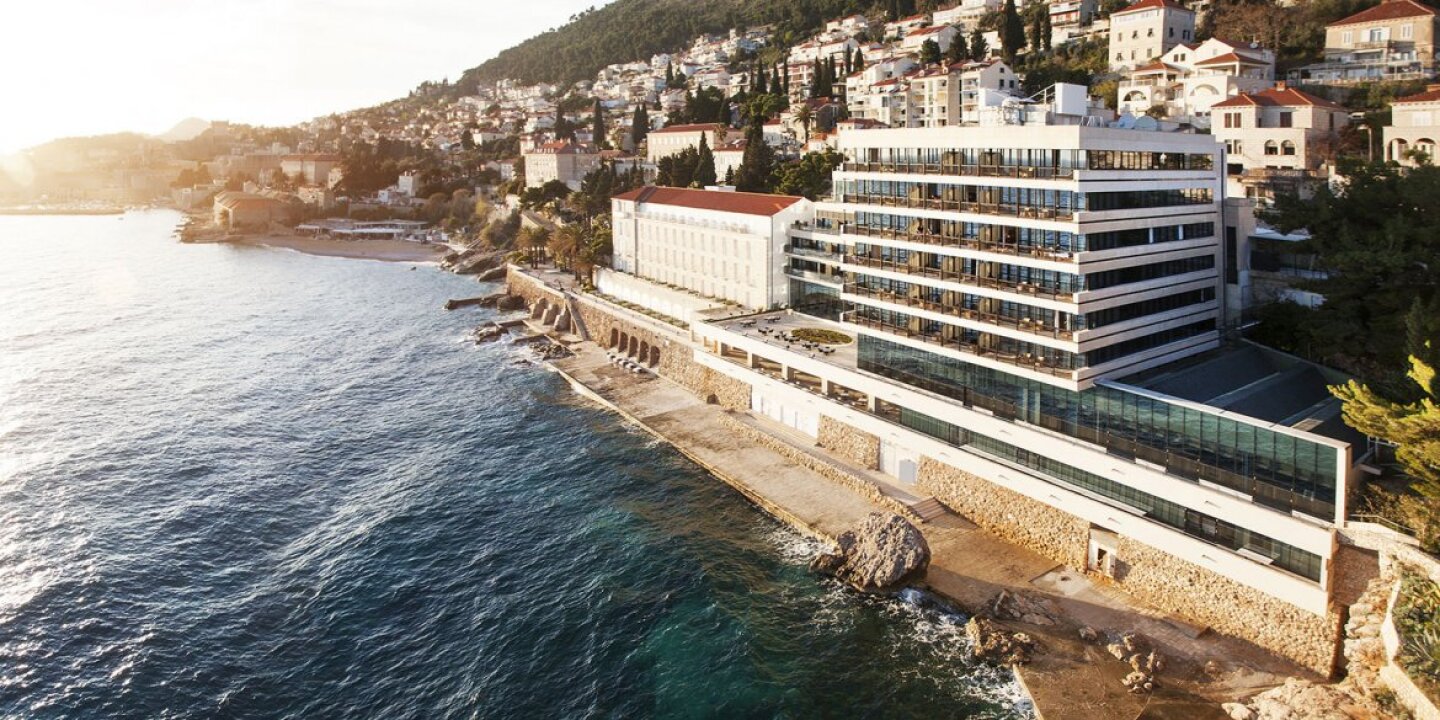
Transform vision with powerful leadership retreats
Develop leadership skills and team alignment in high-impact retreats designed for growth, reflection, and strategy.
Leadership retreatsSorted by best rated
- Recommended by Rootstock Software30 min261 Bedrooms261 Beds
- Recommended by Zapier
- Recommended by Raptor Maps
- Recommended by Growens
- Recommended by Baby Bathwater
- Most popular
- Recommended
- Most popular
- Recommended
- Recommended
- Recommended
- Most popular
Other collections and themes
Chateaus & castles
Adventure & activities
All-inclusive resorts
Beach resorts
Luxury retreats
Adults only
Beach retreats
Executive retreats
Family & friends getaways
Digital Nomad retreats
Best jungle resorts
Boutique hotels
Incentive trips
Team retreats
Co-Working retreats
Countryside escapes
City hotels
Mountain retreats
Business & conferences hotels
Corporate wellness retreats
Mastermind retreats
Nature retreats
Personal growth workshops
Private islands
Private villas & exclusive stays
Remote work retreats
Retreats by the lake
Retreats for burnout
Retreats for entrepreneurs
Retreats for mental health
Retreats for men
Retreats for women
Sales kickoffs
Ski retreats
Startup retreats
Wedding & special events
Wildlife & nature
Team building retreats
Fitness retreats
Retreats for weight loss
Retreats for families
Spa retreats
Winter retreats
You got questions,
we have answers
Leadership Retreats: Building Better Leaders Through Connection and Purpose
Leadership retreats offer immersive, in-person experiences designed to help current and emerging leaders strengthen their leadership skills, emotional intelligence, and strategic vision. Set in inspiring retreat centers around the world—from Costa Rica's rainforests to Italy's countryside—these getaways combine professional development with wellness, self-awareness, and team cohesion. Guided by expert facilitators, leadership retreats create space for group discussions, critical thinking, and creative problem-solving, all while disconnecting from the demands of daily operations. Whether for executive teams, non-profits, or small group cohorts, these retreats emphasize personal growth, decision-making, and collaborative leadership styles. With the right environment, structure, and intention, a leadership retreat becomes a transformative experience that impacts individuals and organizations alike.
Why choose an all-leadership venue for a corporate retreat?
An all-leadership venue is purpose-built for deep focus, small group work, and guided skill-building. These environments prioritize privacy, comfort, and access to facilitators experienced in leadership training, emotional intelligence, and team-building activities. Choosing a venue like Dolphins Leap (Greece) or The Notch House (U.S.) ensures your team is surrounded by inspiration and free from daily distractions. With curated activities and customized agendas, leadership-focused venues create a unique sense of purpose. They also allow for candid reflection and decision-making in a space optimized for growth. The result is a more cohesive, motivated leadership team.
What are the best regions for leadership retreats?
Top regions include Greece and Italy for their mix of heritage, beauty, and thoughtful venues like The Courti Estate or Alberelli Farmhouse. Indonesia (Bali) offers holistic development with wellness-rich spaces like Seed Gardens or Villa Largo, blending leadership with well-being. Costa Rica's Chilamate Eco Retreat and Argentina's Patagonia lodges provide outdoor immersion for reflective, nature-based leadership work. Colombia's Casa del Presidente brings historical depth and cultural flair to the retreat experience. The best regions offer fresh air, new perspectives, and environments that inspire creativity and collaboration.
What is the best time of year to hold a leadership retreat?
Spring and fall are ideal, with moderate weather and fewer travel disruptions, especially in Europe and North America. In tropical locations like Costa Rica and Indonesia, dry season (typically November–April) is best for outdoor sessions and wellness activities. Southern Hemisphere retreats, like those in Argentina, are great between October and March. The season should match your goals—whether for strategic planning (start of year) or team re-alignment (mid-year). Booking off-peak also provides more venue flexibility and cost savings. Always consider both weather and organizational rhythm.
What is the typical budget for a leadership retreat?
Leadership retreat budgets range from $1,000 to $5,000 per participant, depending on destination, length, and facilitation level. High-end venues like The Courti Estate or Casa del Presidente offer premium amenities and customized programs. Simpler, nature-based retreats in Costa Rica or Greece may offer more affordability while still delivering a powerful experience. Additional costs include travel, facilitators, wellness activities, and follow-up support. Non-profits or smaller organizations may find flexible options for one-day or weekend retreats. Investing in leadership pays long-term dividends in culture, retention, and performance.
What are some good team-building activities for a leadership retreat?
Great team-building activities include brainstorming workshops, problem-solving simulations, and group hikes that encourage vulnerability and connection. Cooking classes, beach walks, or even mentoring circles create space for informal relationship-building. For more structured learning, try leadership style assessments, role-play decision-making, or LinkedIn profile reviews and branding sessions. At wellness-forward venues like Seed Gardens Bali, incorporate yoga or mindfulness to enhance self-awareness. Choose activities that balance reflection, play, and purpose. The goal is to cultivate trust, cohesion, and fresh thinking.
What Is the Difference Between Coaching and Mentoring?
Coaching is typically a short-term, performance-driven relationship led by a professional trained to help individuals achieve specific goals. Mentoring is longer-term and relationship-based, often involving a more experienced leader guiding someone through career development and personal growth. Coaching focuses on immediate outcomes and skill-building, while mentoring supports holistic development through shared wisdom and experiences. Both are valuable in leadership retreats, but serve different purposes. A retreat may offer group coaching sessions, followed by peer mentoring circles. Integrating both enhances leadership development on multiple levels.
What activities are typically included in a leadership retreat?
Leadership retreats usually feature a mix of strategic planning, facilitated discussions, and skill-building exercises around critical thinking, decision-making, and emotional intelligence. Wellness activities like yoga, meditation, or nature walks promote balance and reflection. Team-building experiences such as creative challenges, collaborative workshops, or peer feedback sessions are common. Free time for journaling, informal connection, and exploring the retreat location adds depth. Many retreats include a wrap-up session with takeaways and a follow-up action plan. The structure depends on group size, retreat length, and development goals.
What are the key benefits of attending a leadership retreat?
Leadership retreats create space to step back from the day-to-day and focus on long-term vision, values, and purpose. They improve communication, trust, and collaboration among leadership teams while enhancing individual skills like self-awareness and decision-making. The immersive format encourages personal growth, clarity, and stronger cohesion within the group. These retreats also promote employee engagement by reinforcing alignment between leaders and organizational goals. Leaders often return recharged, inspired, and more connected to their teams. The impact extends far beyond the retreat itself.
What are the ideas for leadership retreats?
Popular themes include strategic visioning, adaptive leadership, leading through change, or developing emotional intelligence. You can also center a retreat on building cross-functional collaboration, exploring leadership styles, or cultivating resilience and well-being. Unique ideas include silent reflection periods, creative arts sessions, or community impact projects. For international flavor, consider incorporating local cultural experiences, culinary tastings, or eco-conscious excursions. Venues like Estancia La Estela in Patagonia or Villa Largo in Bali are ideal for combining depth with destination. Thematic clarity ensures the retreat leaves a lasting impression.
How Do You Structure a Leadership Retreat?
Start with a clear intention and theme—what should leaders walk away with? Build a schedule that blends focused work blocks, facilitated learning, team discussions, and wellness or reflection time. Incorporate free time to rest and process, along with shared meals to foster informal camaraderie. Include an opening circle to set expectations and a closing session for integration and follow-up planning. Use small group formats to encourage deeper dialogue. A well-structured retreat balances professional development, personal renewal, and team cohesion.


